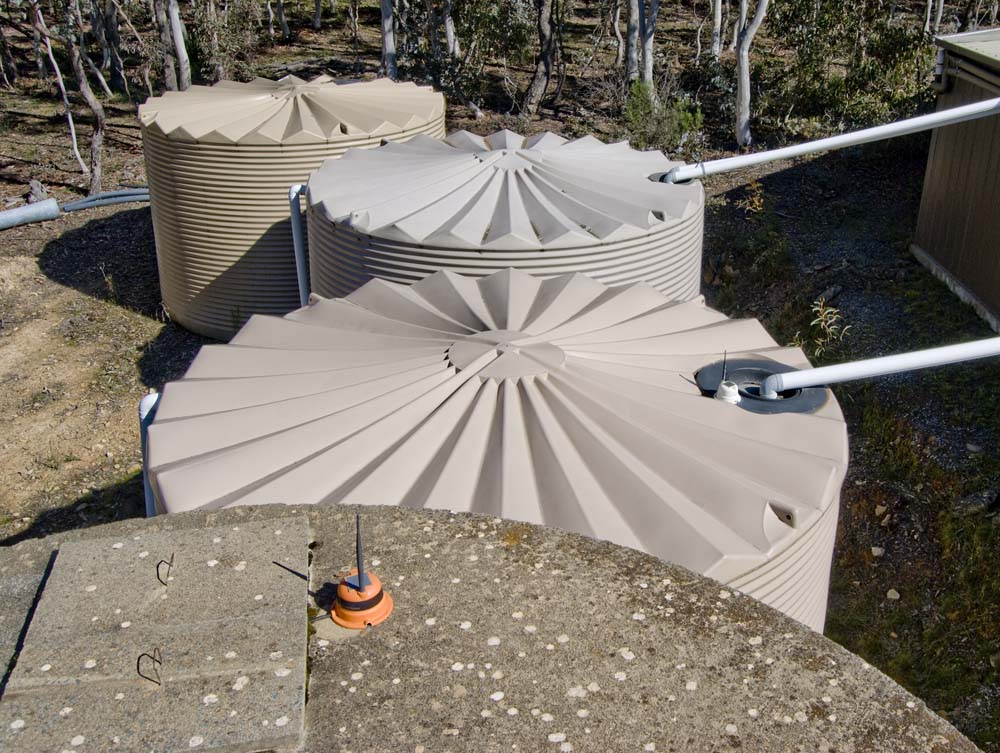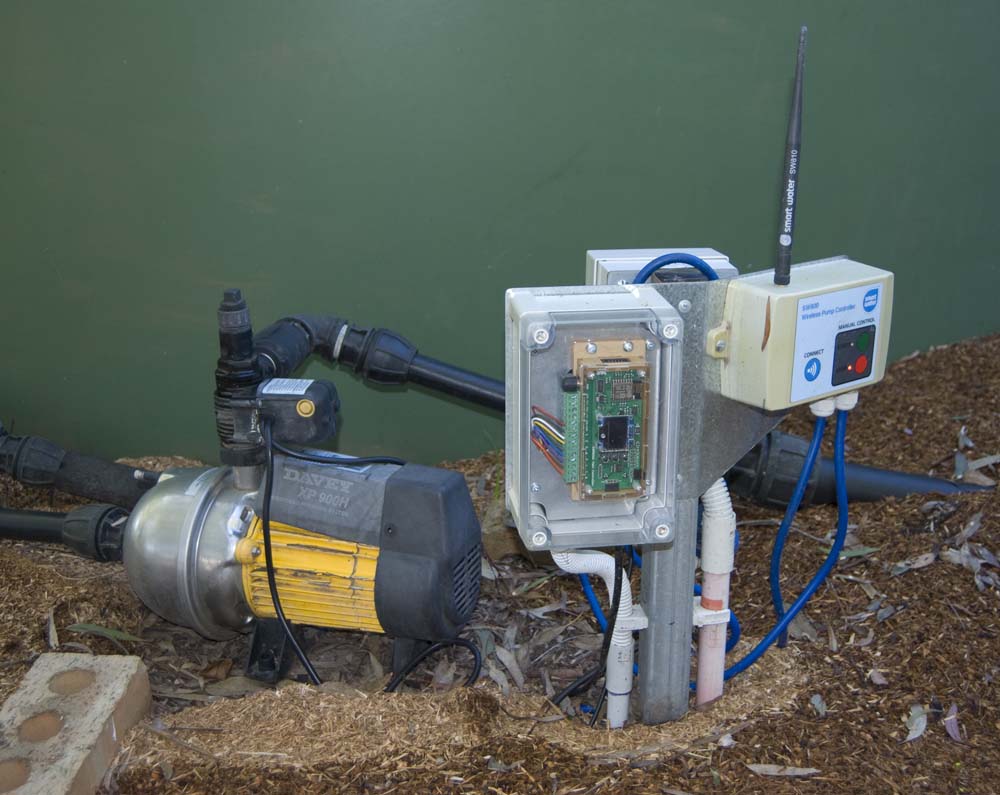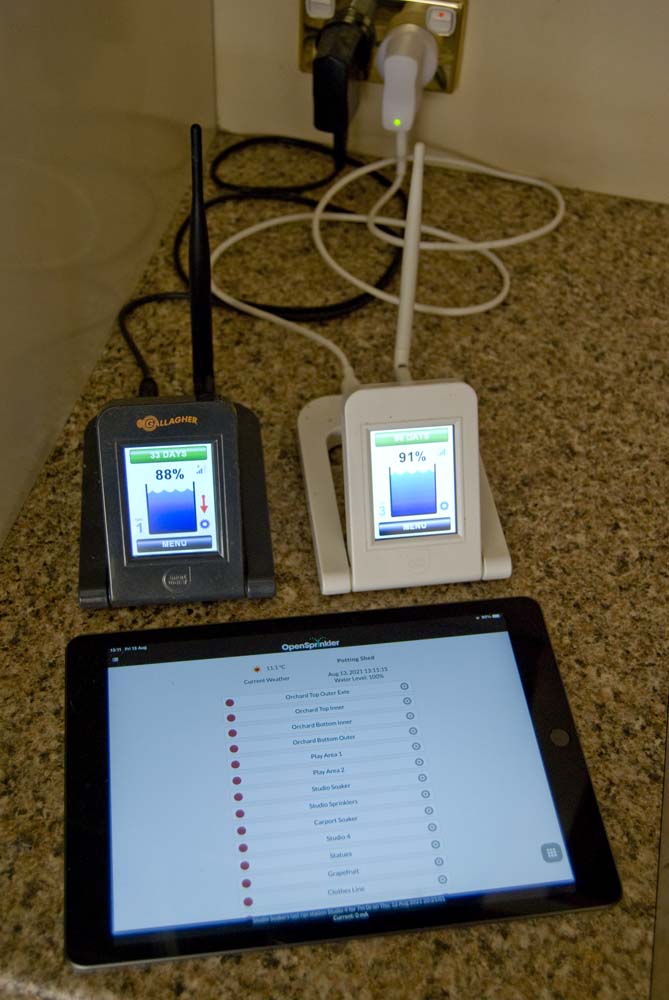Arduino
When it comes to the Internet of Things, I am not much more than a hobbyist these days and I do much of the stuff described in these pages—the website itself, the Fritzing illustrations, the PCB 'design' and the software—just for fun. My 'hardware' education was nothing more than one element of a first year university Physics course in 1973, although I am effectively a software/network design guy by profession and have rubbed shoulders with hardware guys throughout my career.
Early on in my Arduino/IoT journey, I set myself a somewhat arbitrary goal to produce a 'Node' for under A$25. At the time, this was really for little more reason than to contain my enthusiasm, although there was a practical element to this consideration. I have pretty much managed to achieve that goal, with a range of configuration options, if I exclude the cost of sensors, since some of them can cost well over A$100 by themselves.
I live on a small rural property and currently use a commercial system to monitor water levels in tanks and control associated pumps. The senders are essentially solar powered and appear to transmit using a proprietary protocol, in the ISM band, at 915MHz.

Tank level monitors
When I purchased the first nodes in this network, they cost around $200 each. I thought that was somewhat expensive at the time, but I bit the bullet because we were in a drought and I was having trouble with water management. When a new distributor took over marketing the system some years later, the price literally doubled (to around $400 per Node), with no change whatsoever in the product (well, they made the casing orange instead of white), and my motivation to find a more 'financially attractive' solution increased accordingly. At around this time I also discovered the [WiFi] OpenSprinkler system (based on the ESP8266 MCU) and the Arduino world, and the rest, as they say, is history.

OpenSprinkler (left) and SmartWater pump controller (right)
But it's still just a hobby. My commercial tank monitoring system works and my OpenSprinkler irrigation system works so, even though the two are not integrated, I don't really have any pressing product deadline. The obvious extension to these existing systems in my local environment was weather monitoring, which would feed into the irrigation system, and also the management of an on-site septic system, which involves blowers, pumps and water quality monitoring.
One day, if I live long enough and manage to maintain a modest level of enthusiasm, I might just end up with a fully integrated and modular water management system.

Individual monitors for each system
For the time being, what we have in this part of this website are a high level general overview of the project (actually, several years on now, there's a lot more detail) and some Arduino sketches and Raspberry Pi Python scripts. There are no tutorials as such, with step-by-step instructions, just a basic dump of information to make what I have available to anyone who might be interested. These are effectively my project notes, and I will continue to provide updates and relevant detail as the project develops.
The PCB prototype development side of things is covered under the PCB menu item, but I am moving discussion of the more general, ongoing hardware development into the present area, under the Arduino > Hardware menu item. Associated software development is included under the Arduino > Software menu item.

